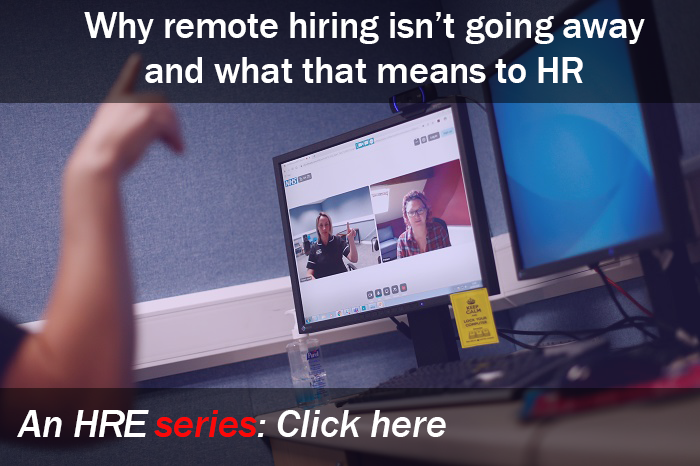As the COVID-19 pandemic continues to test the leadership and agility of global industries, organizations are being forced to reevaluate and optimize their spending as a matter of priority.
Talent acquisition is arguably one of the most expensive parts of an organization’s day-to-day business. It is also one of the hardest to evaluate due to the highly ambiguous nature of the costs involved. This was confirmed by a recent Korn Ferry poll, in which an astonishing 86% of HR professionals said they did not know the total annual cost of acquiring talent for their organization. Sixty-nine percent said they did not know the annual attrition cost of losing and replacing talent. Forty-four percent had no idea what percentage of premium pay costs were a result of open vacancies.
Before organizations can truly optimize their spending, it is critical that they find ways to understand and measure costs more effectively. This includes not just the direct costs of talent acquisition but indirect costs and investment costs as well.
Direct costs
These are the easiest costs to discuss and evaluate because they are the costs you know. They are featured on your P&L, and your financial partners can see them very clearly. They include the cost of background checks, recruiting and labor marketing.
Indirect costs
Indirect costs do not appear on your P&L and are therefore much more difficult to measure. They include the cost of hiring the wrong talent and costs relating to internal mobility and a weakend employee value proposition. They also include the multifaceted cost of attrition. When organizations lose talent through turnover, burnout and other factors, they also experience loss of productivity, reduced speed to performance and a breakdown in the relationship network that is essential for getting work done.
Investment costs
Organizations invest in talent acquisition in many different ways, not all of them obvious. For example, you may need to spend money on learning and development in order to equip your leaders with the skills to ensure new recruits feel immediately included. When measuring return on TA investments, data is key. It is also important, from a human capital perspective, to look at all metrics and understand the consistency of the employee experience across geographies and site locations.
Any effective optimization or rationalization process needs to take all relevant costs into consideration while also evaluating talent acquisition within the wider talent management landscape.
Achieving cost optimization
Here are six key steps TA and HR leaders should take to optimize budgets and futureproof their organizations:
Make sure your strategy can flex and adapt to different scenarios and changes in the business environment. Review workforce planning capability, goals and strategy. What skills will you need for the future? If services are shut down, is it possible to redeploy teams rather than laying them off? Build a community and culture around your remote workers, who are set to feature prominently in the new world of work. Regularly review your rewards and benefits to ensure they are relevant and valued by employees. For example: While working remotely used to be a sought-after perk, it is now table stakes. Leaders should consider perks relevant to today, such as development opportunities delivered virtually.
Leverage the values of your organization. Ensure your employee value proposition aligns with company values. If not, update as necessary and communicate any changes you make. Otherwise, reinforce your value proposition to current and prospective employees. Be transparent with employees about the priorities for the organization. Create a culture of innovation and an empowered environment where people can lean into ambiguity, take risks and behave differently to meet the demands of the organization.
Related: What is the average HR tech budget?
Focus on employee experience. Provide more internal professional development through cross-functional work assignments and projects. Use recognition programs, an effective and creative way to reach remote staff as well as those who are physically coming into work. Create career paths to allow lateral and vertical journeys linked to future skills needs.
 “Forward lean” into efforts to drive retention. Many organizations are spending two to three times more than they realize on attrition to replace, hire and retrain new employees. Explore new, more effective ways to enhance employee engagement. Many workers are negatively impacted by the lack of normalcy in the current climate–and the decline in face-to-face meetings has made it harder to reach out. TA and HR leaders need to become more agile in how they support, execute and manage talent. Consider how, why and when employee turnover is happening and instead of focusing on exit interviews and what you learn from them; consider the value of stay interviews and the benefits of engaging employees before it is too late. Implement regular pulse surveys to gain employee feedback. Employees will feel engaged, empowered and listened to if you communicate survey results throughout the organization and explain how you are going to solve issues that are raised.
“Forward lean” into efforts to drive retention. Many organizations are spending two to three times more than they realize on attrition to replace, hire and retrain new employees. Explore new, more effective ways to enhance employee engagement. Many workers are negatively impacted by the lack of normalcy in the current climate–and the decline in face-to-face meetings has made it harder to reach out. TA and HR leaders need to become more agile in how they support, execute and manage talent. Consider how, why and when employee turnover is happening and instead of focusing on exit interviews and what you learn from them; consider the value of stay interviews and the benefits of engaging employees before it is too late. Implement regular pulse surveys to gain employee feedback. Employees will feel engaged, empowered and listened to if you communicate survey results throughout the organization and explain how you are going to solve issues that are raised.
Form cross-functional partnerships. Find credible advocates outside of HR, such as the CFO or CMO, and work collaboratively with them to create compelling arguments that support your TA initiatives.
Click HERE to register for Spring HR Tech.
*
Christy Honeycutt is RPO Client Solutions Director, Korn Ferry. Mitul Modi is Korn Ferry Global Healthcare Services Market Leader, Projects and RPO.



